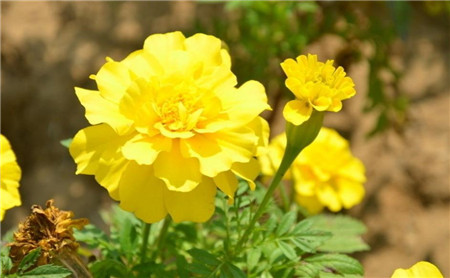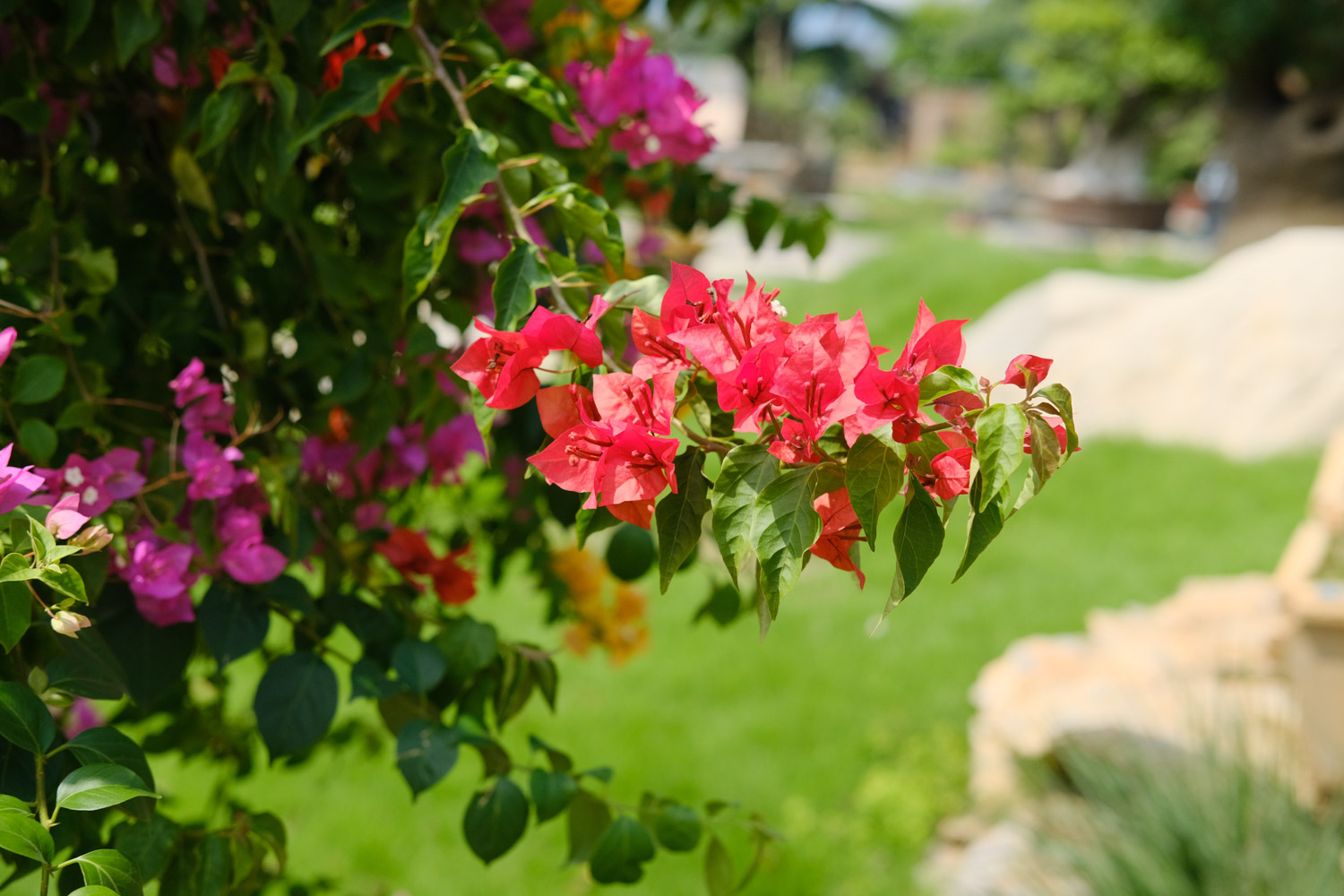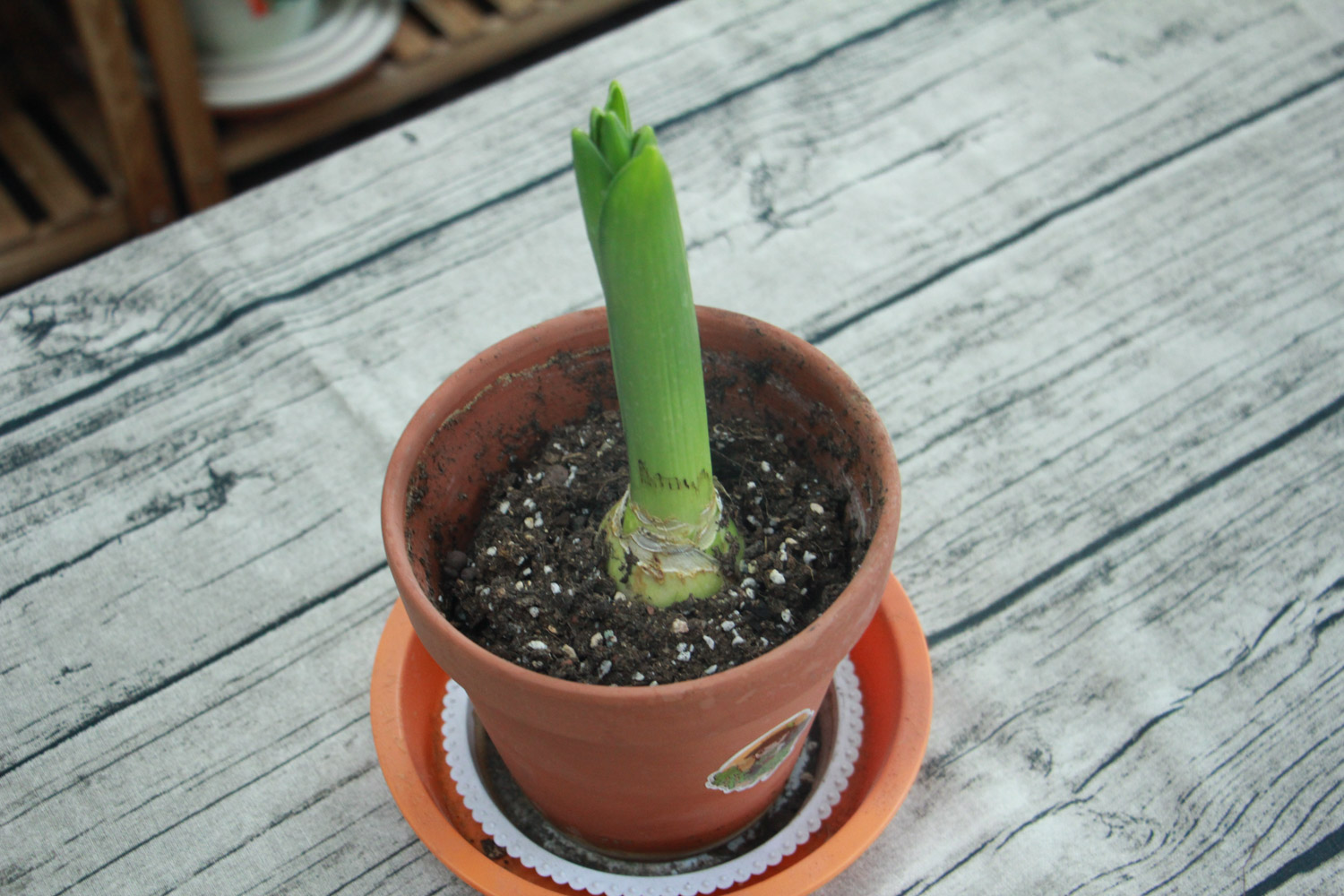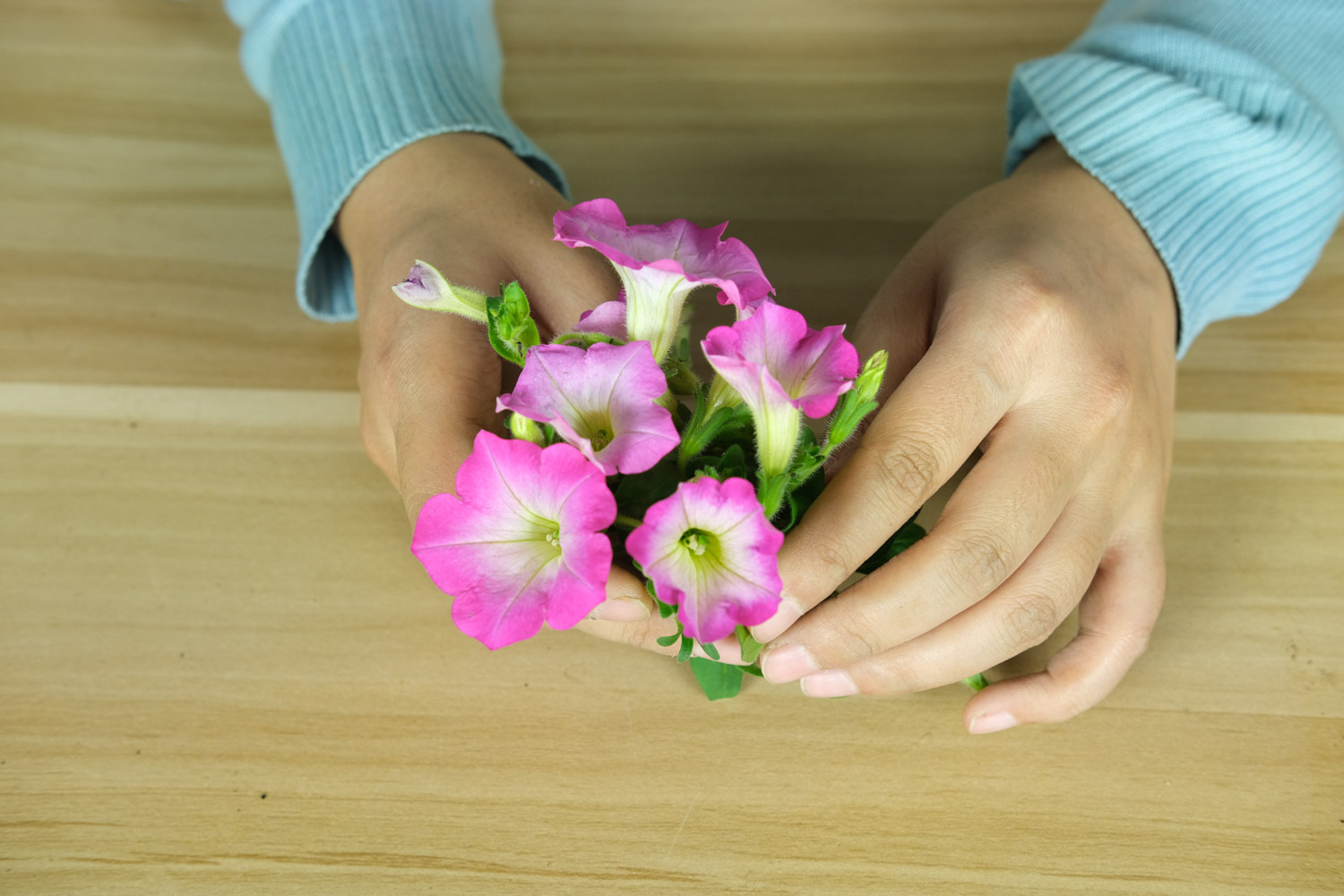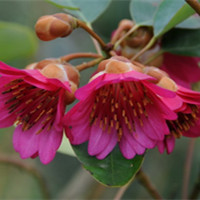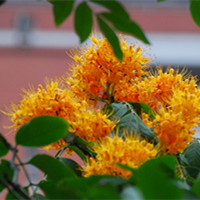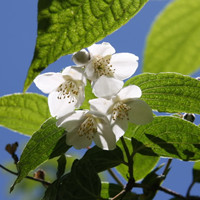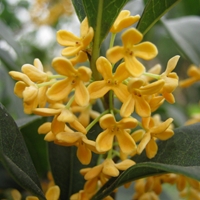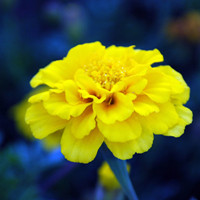Peacock grass
Peacock grass is a good traditional Chinese medicine, which has the effect of clearing away heat and detoxification. In addition to medicine, peacock grass is also widely used in garden viewing. Peacock grass has rich flower colors and long flowering period, which can open from May day to November. Peacock grass has gradually become the main flower in flower beds and courtyards. Its orange, yellow and red flowers are very eye-catching, adding a lot of vitality to the place where it is planted. Its role and value have attracted the attention of the majority of garden workers, and it has also been developed into potted plants and cut flowers
Peacock grass flower language:
Peacock grass is the birthday flower on August 21. Its flower language is bright sunshine.
Common name of peacock grass
Peacock grassland has a common name "sunflower". Later, it was "robbed" by sunflowers. Its flowers have the habit of blooming at sunrise and closing at sunset, and grow in a rotatory way. Therefore, its flower language is "sunny weather", which is extended to "bright and lively". Those who are blessed by this kind of flower never procrastinate. This is a rare advantage
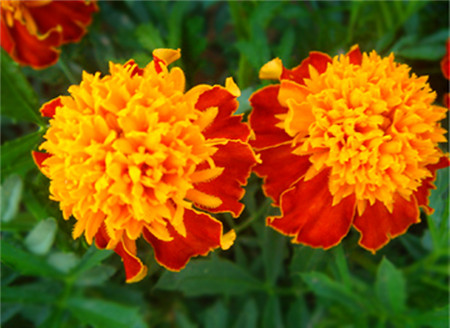
Morphological characteristics:
The plant height of malachita grass is 30 to 40 cm. Pinnate compound leaves, leaflets lanceolate. Pedicel extracted from leaf axil, capitulum terminal, single or double. The designs and colors are reddish brown, yellowish brown, light yellow, purplish red spots, etc. The flower shape is similar to that of marigold, but there are many smaller flowers. When flowering, yellow and orange flowers are full of shoots on the low and branched Keer, which looks gorgeous and lovely. Peacock grass has good ornamental value and is suitable for potting, field planting and cutting flowers. Leaves opposite, pinnately divided, lobes lanceolate, leaf margin with obvious oil gland spots. The inflorescence is terminal, with dark red outside and yellow inside, so it is also known as red and yellow grass
Variety:
There are many varieties of Malachite grass. Because of repeated interspecific hybridization, in addition to red and yellow, pure yellow, orange and other varieties, as well as single petal, double petal and other varieties have been cultivated. The flowering period lasts from May day to November
Application value:
1. Medicinal value. The flowers and leaves of Malachite grass can be used as medicine and have good medicinal and health care effects. Peacock grass has the effects of clearing heat and resolving phlegm, tonifying blood and dredging meridians. It can treat whooping cough, tracheitis and cold
2. Ornamental value. Malachita grass has strong adaptability, cold and drought resistance, can grow by itself and is easy to manage. It is often used to decorate flower beds. Because a bunch of red can not withstand the low temperature of May Day and the early frost of November, most plants can be semi dead in the heat of midsummer. Therefore, peacock grass has gradually become the main flower in flower beds and courtyards. Its orange, yellow and red flowers are very eye-catching, adding a lot of vitality to the place where it is planted. Its role and value have attracted the attention of the majority of garden workers, and it has also been developed into potted plants and cut flowers
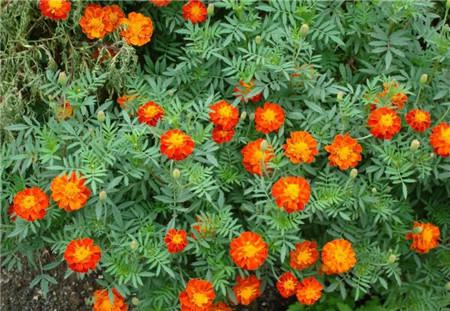
Origin distribution:
Peacock grassland is produced in Mexico. It is a kind of flower with strong adaptability. It can also be seen in many places in China, especially in the south. Its flowering period is from March to May and from August to December
Living habits:
Peacock grass likes sunshine, but it can also blossom when planted in half shade. It is not strict with the soil. It is resistant to transplanting, grows rapidly, and is easy to cultivate and manage. The seeds scattered on the ground can grow by themselves under appropriate temperature and humidity conditions. It is a kind of flower with strong adaptability. In South China, its flowering period is from March to May and from August to December. It only takes 70 days from sowing to flowering. The seedlings can be raised in the greenhouse in early spring without heating. After the late frost, they can be planted in the courtyard, flower bed or pot
